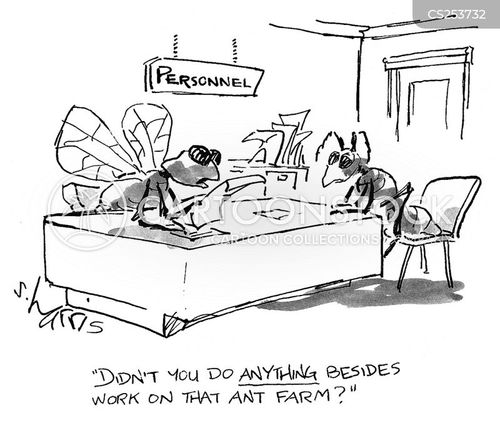Did Ants Invent Agriculture?
A new study shows that ants are hard working farmers. Or at least one species of ants is. It lives in Fiji and has been farming plants for some 3 million years.
The ant in question is Philidris nagasau, an ordinary looking, small, black ant. It lives in and eats Squamellaria, a plant that grows in the cracks and elbows of different kinds of trees. The Squamellaria plant, which looks more like a fungus, forms lumpy, brown, bulbous protrusions from the branches of the trees it lives on.
The new study, published in Nature Plants, shows that these ants not only live inside these hollow plants, they also farm them.
Guillaume Chomicki, a botanist at the Ludwig-Maximilians-University of Munich and the lead author on the study found that the ants gather Squamellaria seeds and leave them in the cracks of trees. As the plants grow, the ants fertilize them with their own poop. Once the plants produce fruits, the ants harvest the seeds, and the process starts all over again.
Every plant Chomicki checked had ants living in it. And the ants don't hang out in other plants, suggesting that the ants and plants are dependent on one another. The ants seem to work with and live in six different species of this plant.
Brian Fisher, an entomologist-in-residence at the California Academy of Sciences, says approximately 40 percent of annual plants in the Northeastern United States, are dispersed by ants. As for ants feeding plants, ant poop seems to be an abundant fertilizer for many plants.
But, Fisher notes, these ants are not the first to try agriculture. Leaf-cutter ants, for example, have been farming for at least 8 million years. But the leaf-cutter ants farm fungus, not plants.
Some ants seem to have domesticated animals too. Certain species herd wild aphids from plant to plant, and 'milk' honeydew, a sticky, sugary secretion, by gently stroking the aphids with their antenna.
Acropyga ants take it one step further, and farm mealybugs, a type of bug that lives on tree roots. They carry the mealybugs from root to root and eat their honeydew. And just like the leaf-cutters, when it's time to start a new colony the queen will carry a pregnant mealybug as she flies to her new home. These ants have been farming mealybugs for a much longer time – a fossil Acropyga carrying a mealybug that was found in amber is believed to be 15-20 million years old.
In comparison, our own ancestors living in the Fertile Crescent are thought to have started tinkering with farming only 12,000 years ago.
The ant in question is Philidris nagasau, an ordinary looking, small, black ant. It lives in and eats Squamellaria, a plant that grows in the cracks and elbows of different kinds of trees. The Squamellaria plant, which looks more like a fungus, forms lumpy, brown, bulbous protrusions from the branches of the trees it lives on.
The new study, published in Nature Plants, shows that these ants not only live inside these hollow plants, they also farm them.
Guillaume Chomicki, a botanist at the Ludwig-Maximilians-University of Munich and the lead author on the study found that the ants gather Squamellaria seeds and leave them in the cracks of trees. As the plants grow, the ants fertilize them with their own poop. Once the plants produce fruits, the ants harvest the seeds, and the process starts all over again.
Every plant Chomicki checked had ants living in it. And the ants don't hang out in other plants, suggesting that the ants and plants are dependent on one another. The ants seem to work with and live in six different species of this plant.
Brian Fisher, an entomologist-in-residence at the California Academy of Sciences, says approximately 40 percent of annual plants in the Northeastern United States, are dispersed by ants. As for ants feeding plants, ant poop seems to be an abundant fertilizer for many plants.
But, Fisher notes, these ants are not the first to try agriculture. Leaf-cutter ants, for example, have been farming for at least 8 million years. But the leaf-cutter ants farm fungus, not plants.
Some ants seem to have domesticated animals too. Certain species herd wild aphids from plant to plant, and 'milk' honeydew, a sticky, sugary secretion, by gently stroking the aphids with their antenna.
Acropyga ants take it one step further, and farm mealybugs, a type of bug that lives on tree roots. They carry the mealybugs from root to root and eat their honeydew. And just like the leaf-cutters, when it's time to start a new colony the queen will carry a pregnant mealybug as she flies to her new home. These ants have been farming mealybugs for a much longer time – a fossil Acropyga carrying a mealybug that was found in amber is believed to be 15-20 million years old.
In comparison, our own ancestors living in the Fertile Crescent are thought to have started tinkering with farming only 12,000 years ago.
